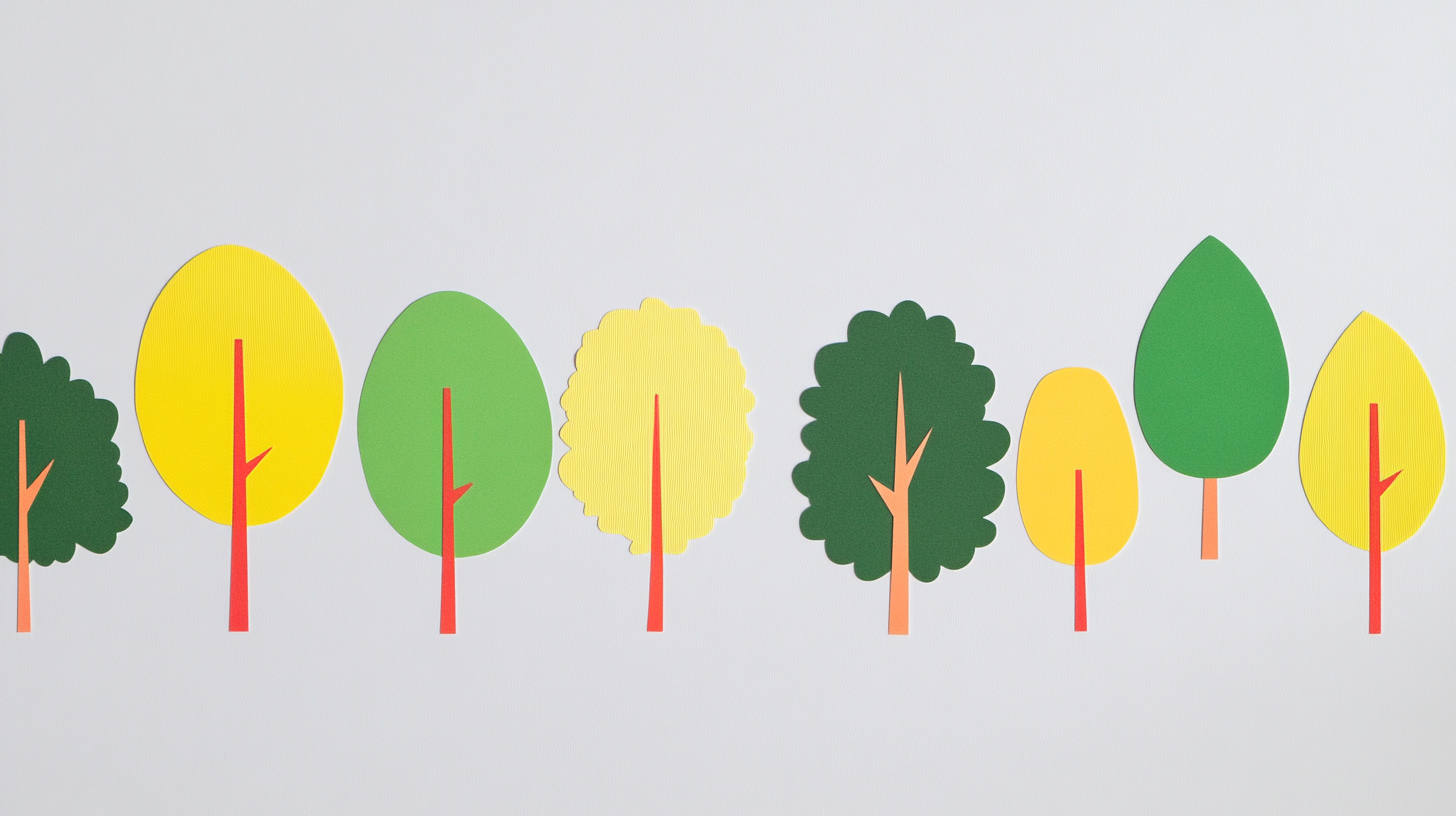The challenges of being the only designer
When you’re the only designer at a company, growing your skills takes more effort. Without a team to provide feedback and collaborate, how do you stay sharp and effective? This post outlines three strategies to keep learning, get meaningful feedback, and stay motivated while working independently.
Transitioning from working with a team of designers to being the only designer at a company can be a significant shift. When you work with other designers, it’s easier to grow through exposure to other people’s work and daily interactions. But when you’re alone, improving your skills takes more intentional effort. How do you get useful feedback without a design team to bounce ideas off of? How do you stay motivated and continue growing? And how do you refine your processes without the input of other designers?
If you’re experiencing these challenges, you’re not alone. Many designers find themselves in this position due to company changes, layoffs, or being the first designer hired at a growing startup. The good news? There are ways to evolve as a design team of one.
Whatever path you take, growth won’t happen by accident. You need to be intentional, disciplined, and willing to commit time to the process. Progress as a solo designer comes from showing up consistently—even when no one’s watching.
How to keep learning when you’re a solo UX designer
1: Find a mentor or design coach
Finding a mentor is one of the most valuable things you can do as a solo designer. The right mentor can accelerate your growth, offer targeted feedback, and provide frameworks, tools, and templates tailored to your needs. Instead of spending hours searching for answers alone, you’ll get direct, experienced guidance—often more impactful than what a manager might provide.
A great mentor isn’t just someone who gives you advice.
Many managers believe they’re coaching, but in reality, they’re simply telling people what to do—true coaching goes deeper. Sir John Whitmore, a pioneer in executive coaching, emphasized this idea in his Coaching for Performance framework, which is widely used in leadership training.
A good mentor can help you:
- Identify skill gaps and set clear growth goals
- Improve specific areas you find challenging or are trying to grow in
- Offer constructive critiques that push your work further
- Provide accountability and motivation when you’re feeling stuck
If mentorship isn’t offered at your company, consider asking them to cover the cost of external coaching. Many companies are willing to invest in professional development, particularly when it leads to improved outcomes.
Not sure where to find a mentor? Start with your network, LinkedIn, or mentorship platforms like ADPList. Even a few focused sessions with the right mentor can have a lasting impact on your design career.
2: Join online design communities
When you’re the only designer at your company, it’s easy to feel isolated. Joining design communities helps you stay connected, get feedback, and learn from others who face similar challenges.
While input from non-design colleagues is useful, other designers can offer insights that stakeholders or developers might overlook. Their specialized skills and perspectives help you sharpen your own. Feedback from other designers is invaluable in helping you become a better designer.
Having worked as a solo founding designer in a startup before transitioning to a large tech company with an established design team, I’ve firsthand experience with the value of being surrounded by other talented designers. Their unique perspectives helped me grow in ways that are difficult to replicate on your own.
Being part of a design community can bridge this gap by offering the kind of specialized input and collaborative learning that drives real improvement.
What an active design community can offer:
- Peer critiques – Honest, constructive feedback that helps improve your work
- Design challenges – Opportunities to experiment with new techniques
- Shared learning – Best practices, case studies, and tool discussions
- Networking – Relationships that can lead to mentorship or job opportunities
- Industry insights – Stay informed on design trends and tools
Top communities for solo designers:
- ReTHINK (Paid) – A curated UX community known for its leadership programs, mentorship, and structured learning.
- Design Buddies (Free) – With 50,000+ members, it’s the largest design community on Discord, offering events, mentorship, and job resources.
- Designer Hangout – A private Slack group with expert-led discussions and AMAs.
- Mixed Methods – Ideal for those seeking to develop their UX research skills.
- Find a Community – A searchable directory of Slack groups by niche.
- Designer Talk & Design Systems House – General and systems-focused communities.
You can also explore Reddit spaces like:
Make the most of your community experience:
- Post your work for critique (with clear asks)
- Ask questions about processes, tools, or strategy
- Offer feedback to others—it sharpens your eye
- Participate in events, portfolio reviews, and design challenges
Rather than trying to join every group, focus on one or two that align with your goals. A strong community offers more than knowledge—it provides inspiration and support.
3. Become your own best teacher
Self-teaching is one of the most powerful skills you can develop as a solo designer. Without a team to learn from, you must actively pursue growth, refine your skills, and put new knowledge into practice.
Start by identifying areas where you want to improve, such as prototyping, presentations, or stakeholder communication. Immerse yourself in the subject matter. Collect articles, watch videos, and study case studies. Organize these insights in a system you can revisit and apply regularly.
This might sound overwhelming, but it becomes second nature with the right mindset and routine.
Backed by research
- Self-directed learning (Malcolm Knowles) – Adult learners who guide their own learning often retain more and improve faster.
- Growth mindset (Carol Dweck) – Believing you can grow through effort leads to stronger self-teaching.
- Deliberate practice (Anders Ericsson) – Focused, structured practice is more effective than passive learning.
- Cognitive load theory (John Sweller) – Balance new information with what you already know to avoid overload.
Avoiding burnout and staying motivated
Balancing your daily design work with ongoing learning can be challenging. On top of your job, you’re also researching, reading, strategizing, and self-educating.
To avoid burnout:
- Pace yourself and set realistic learning goals
- Focus on applying what you learn in real work
- Say no to distractions that don’t align with your growth
- Take breaks and track your progress over time
Being intentional about your learning—and kind to yourself along the way—keeps you growing without burning out.

FAQs
How can solo designers prioritize learning when time is limited?
- Use time-blocking to schedule focused learning sessions, even for 30 minutes a week. Integrate learning into existing work—for example, improve your prototyping skills while working on your next design project.
What are the biggest mindset shifts needed when working as a design team of one?
- You have to embrace autonomy and experimentation. Without a team to provide feedback, solo designers must learn to trust their judgment more and become comfortable with ambiguity.
Can solo designers still grow into leadership roles?
- Absolutely. Many design leads and managers began their careers as solo designers. Leadership is about impact, clarity, and influence, not just team size. Document your decisions, share wins cross-functionally, and mentor if possible.
What are signs that you’re stagnating as a solo designer?
- If you’re no longer finding joy in your work, avoiding feedback, or feeling disengaged, it may be a sign that it’s time to challenge yourself through coaching, a course, or a new side-project to reignite your creativity.
How do you measure progress without a team to compare against?
- Measure your growth by tracking feedback and outcomes. Pay attention to how stakeholders respond to your work—are they aligned, satisfied, or asking fewer questions? Evaluate how smoothly your design process runs. Also, don't overlook user feedback or product metrics tied to your designs, such as engagement rates, task completion rates, or positive sentiment in support channels or on social media.
Final thoughts for designers working alone
Being the only designer at a company comes with challenges, but it also presents an opportunity: the chance to take full ownership of your growth. By finding a mentor, engaging with design communities, and mastering the art of self-teaching, you can continue improving—no team required.
The key is to be intentional. Seek feedback, stay connected with other designers, and pace yourself to avoid burnout. Growth doesn’t happen in isolation, and with the right strategies, you can keep learning, stay motivated, and push your skills further—no matter where you work.
For more on shaping your long-term career as a designer, check out:







